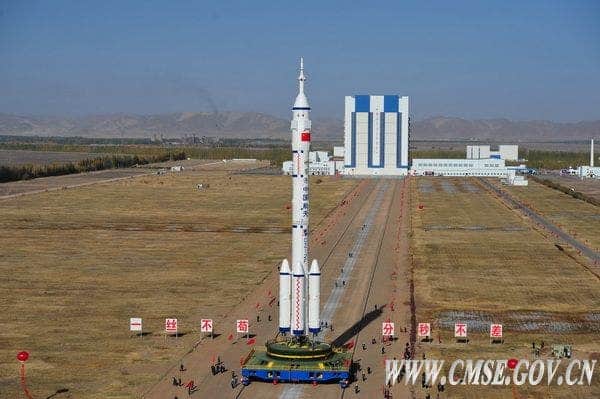
In just a few hours, at 5 p.m. EDT, China will make another giant leap forward in its ever ambitious space program after it will launch the Shenzhou 8 spacecraft in a premiere mission for the nation, which will involve an unmanned docking with the Tiangong-1 spacecraft in Earth’s orbit.
Besides the PR-driven first docking, the Shenzhou holds a particularily important scientific load, as it carries a unit called SIMBOX (Science in Microgravity Box), a joint Chinese-German research unit that weighs only 25 kilograms, and contains over 40 experimental instruments, designed specifically to study the effects of zero gravity on biological specimens.
Thus, piggy bagged along with the Shenzhou, packed inside the SIMBOX, will be various specimens of plants, nematodes, bacteria and human cancer cell, among others. It’s a well known fact that low gravity severely effects biological entities, which is why humans can only stay in space for no more than a year, or else the harsh environment becomes to severely effect the astronauts. By studying the effects of microgravity has on biological systems, extremely insightful data will be transmitted which might help scientists better understand how it alters biological processes, and how the immune system can be strengthened, in consequence.
RELATED: China could own the Moon, as US loses the space race
Like I said, this is just another step on China’s ever heightening space program ladder. The nation is only the third one, besides the US and Russia, capable of developing spacecraft which can carry men into space. China’s first astronaut was launched into space in 2003, while other flights followed in 2005 and 2008. Besides building their own space station, China has great lunar ambitious as well.
The German portion of the project is managed by the German Aerospace Center (Germany’s space agency), while the China Manned Space Engineering Office has coordinated the Chinese contribution to SIMBOX. If Shenzhou’s docking with the Tiangong-1 proves to be successful, then it will most likely be followed by another robotic rendezvous with the Shenzhou 9, scheduled for the forthcoming new year, while a crewed docking with Shenzhou 10 is planned for the very near future, Chinese space officials have said.


